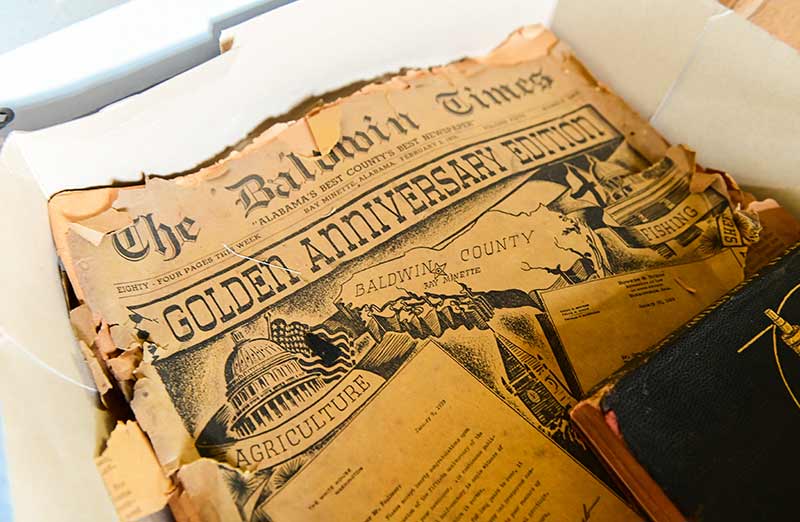Silverhill may be the smallest town in Central Baldwin County, but it ranks large in quality of life and per family income. With a popular growth rate in the double digits, it is among the fastest-growing municipalities in Baldwin County.
Recent growth in businesses and subdivisions has stemmed from its location at the intersection of U.S. Highway 104 and Baldwin County Road 55, with quick access to the major thoroughfares of I-10 and Alabama Highway 59.
But the main street and charming town center remain relatively undisturbed, creating a delightful small-town atmosphere. With its parks, churches and historic charm, Silverhill creates a picture-perfect town model. The town provides a supportive community that is perfect for small retail, specialty shops, locally owned produce and food businesses, and professional services.
Community Amenities
Discover Silverhill’s Rich Heritage
A community named Silverhill existed prior to the Civil War and is believed to have obtained the name from local workers being paid in silver dollars by the turpentine still. In 1890, the Svea Land Company formed in Chicago to find land in the south for a Swedish farming colony. Oscar Johnson, along with Carl A. Vallentin and C.O. Carlson, looked at acreage in Mobile and Baldwin counties, including contacts with the Hartford family, who had settled south of Silverhill in 1888. The Svea Land Company representatives purchased land and returned to Chicago to finalize plans.
Oscar Johnson stayed in a Swedish settlement in Chilton County, Ala., for three months to study the new town and design the layout of Silverhill and his new home. He began building that home in 1897, with the help of J. Lindin of Chicago. They stopped construction and returned to Chicago when yellow fever broke out. Later that year, Johnson returned with Clauson Slosson and the Westerlund family. They all lived in Johnson’s house, helping to complete it in time to celebrate Christmas Eve together. In January-February 1898, Johnson’s family arrived, followed by the first group of settlers.







